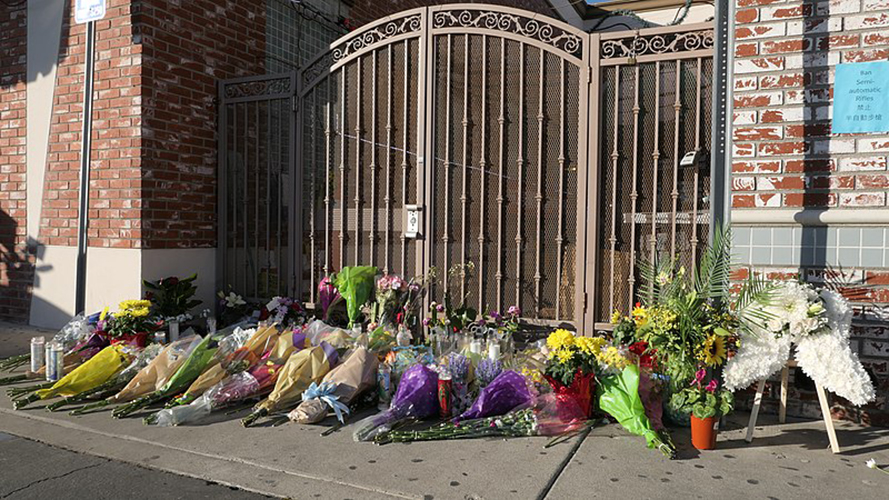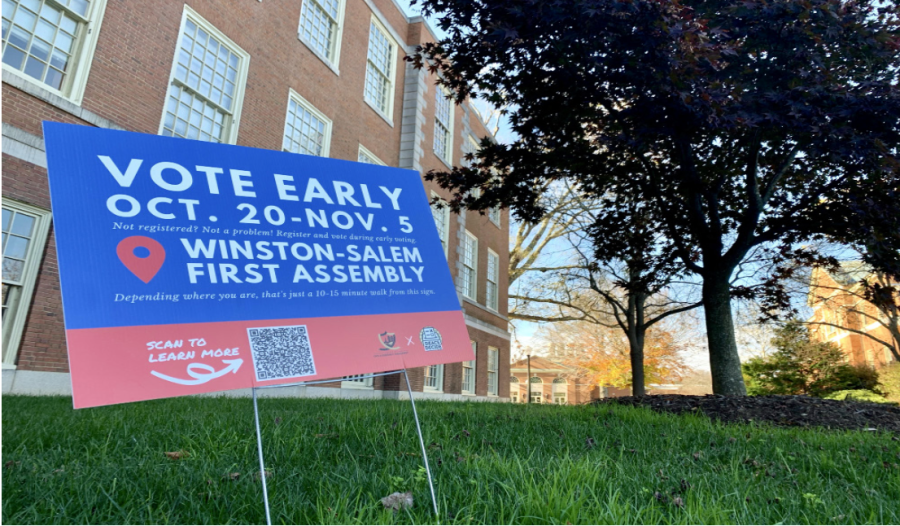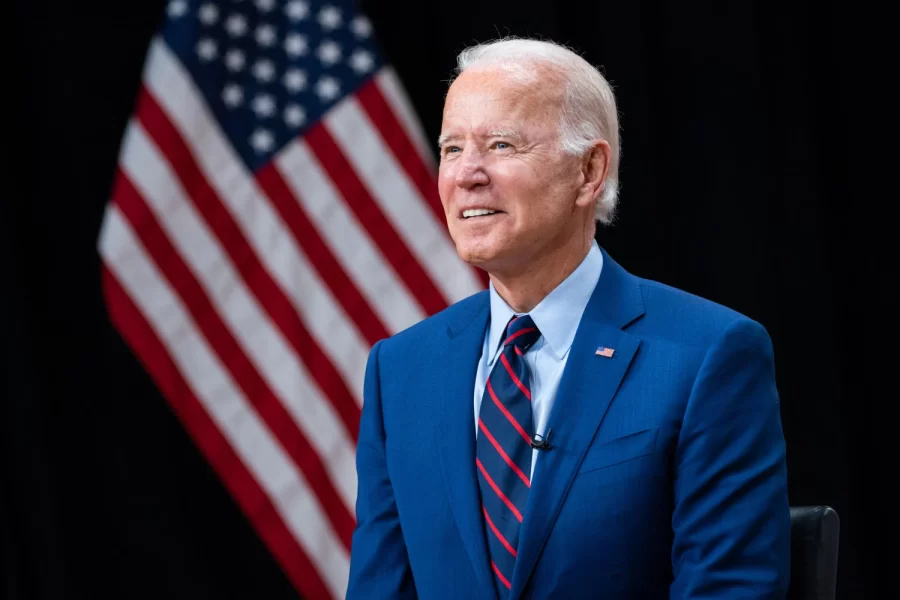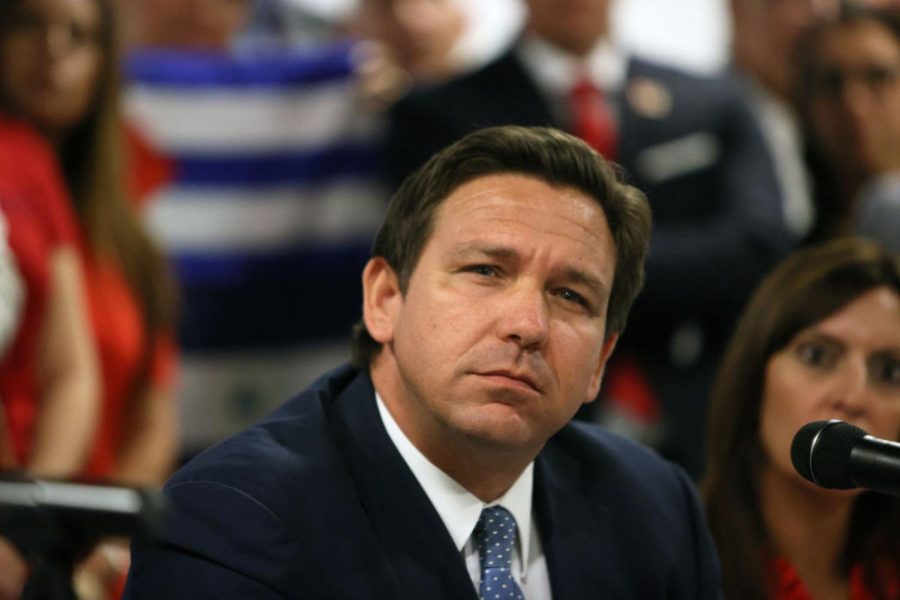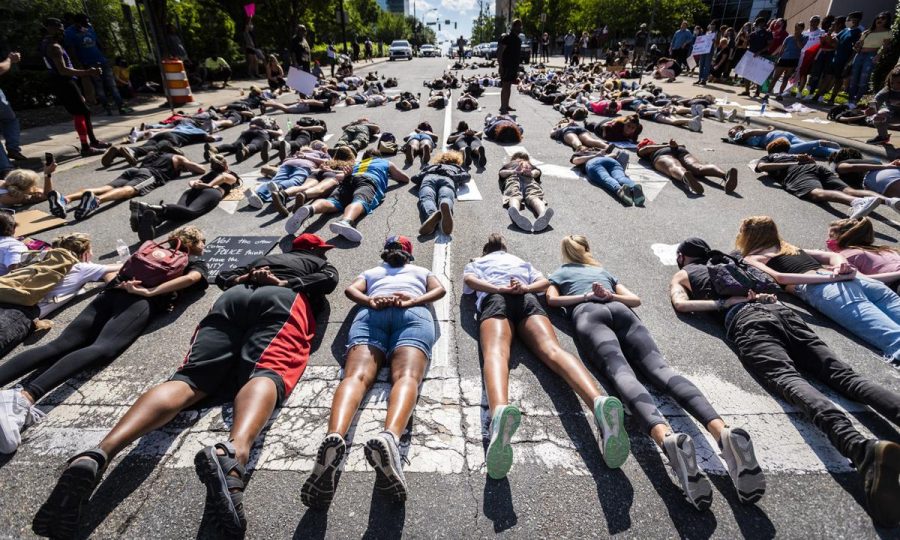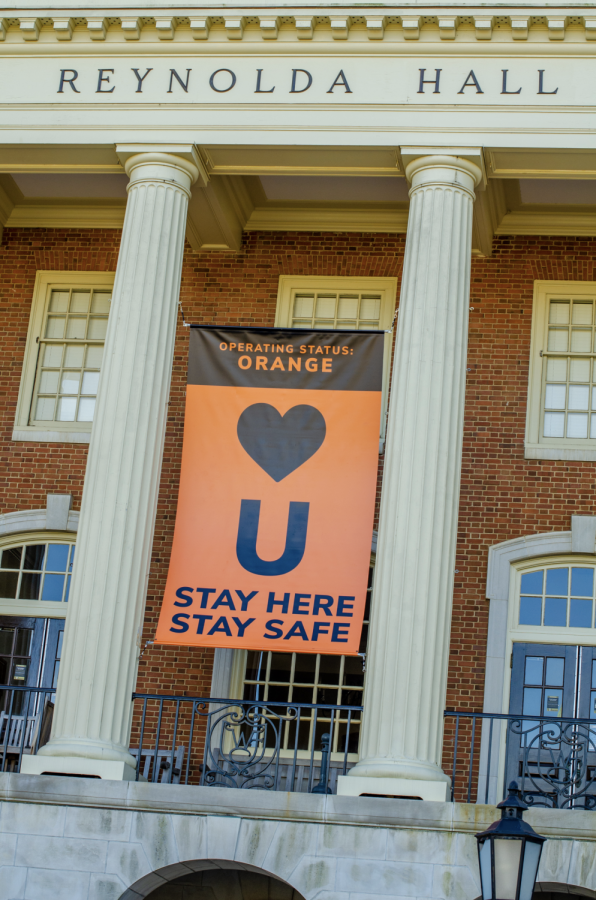Paige McGinley delivered a lecture titled “The Sociodramatic Experiment” in the Scales Fine Arts Center’s Charlotte and Philip Hanes Art Gallery on Feb. 13. McGinley is an Associate Professor of Performing Arts at Washington University in St. Louis and received the Eroll Hill Award and John W. Frick book prize for her book, “Staging the Blues: From Tent Shows to Tourism.”
Throughout her talk, McGinley highlighted a performing arts movement used frequently during the civil rights movement: Nonviolent Direct Action, which is based on Martin Luther King Jr.’s principles of eliminating violence. At the time of the civil rights movement, during which police threats, discrimination and attacks were prevalent everywhere, many individuals, both black and white, needed to know how to react.
Therefore, Nonviolent Direct Action was an effective technique for victims of attacks to control the situation without aggression.
McGinley went on to highlight the fact that while it may have seemed as though retaliations to these various threats were spontaneous, they were actually rehearsed through this performing arts movement. Activists, mothers or anyone else interested in learning how to react in these difficult situations would take part in workshops or classes in order to learn how to react during these dangerous times. According to McGinley, ‘Saturday Night Skits’ were common among participants; many would spend their nights practicing and critiquing each other’s defense performances.
Individuals were taught how to react through sociodrama, or acting out roles in order to practice methods of retaliation. According to McGinley, the individuals were encouraged to use actions, rather than words, to protest against the threats. This way, they could eliminate verbal disagreement and practice making silent statements.
McGinley highlighted the fact that it wasn’t always easy in Nonviolent Direct Action environments. In fact, sessions would often become violent and discriminatory. According to McGinley, even though the participants were randomly assigned into as either the perpetrator or the victim, people often reacted too aggressively when taking on their role. She asked the question, “What is the relationship between the actor’s feelings and how they act on stage?” While sociodrama was merely acting, it was often telling about the actual opinions of the participants towards the situations being presented.
Although not always easy, sociodrama was, in general, extremely useful to people tackling issues of discrimination. For example, Pauli Murray, a civil rights activist, experienced firsthand the necessity for training regarding dealing with discrimination.
Upon entering a relief bus for a trip, Murray was ordered to move to the back of the bus. When she refused to do so, the police were called. Experiencing discrimination herself helped Murray understand how important the Nonviolent Direct Action was.
With the help of such movements, victims could “apply what they knew on the spot.”
According to McGinley, sociodrama also had a large impact on the dispositions on the individuals involved. Not only did it help the participants build stronger relationships among themselves and each other, but it also taught them a stronger sense of discipline.








